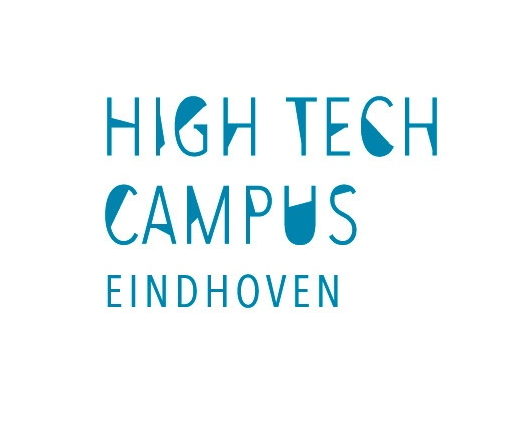

Crowdfunding has been growing exponentially for a while. The technology, like 3D printing, has made it possible to create so many more different things. And the ease at which you can create them and serve a mass market. We're still experimenting, but this route to success is becoming more visible not only in North America but in Europe as well.
When Kickstarter first started, there were a lot more problems after campaigns. Young companies would raise money and then not know how to produce their product in large quantities. There would be delays and that leads to disappointment amongst the fans. But some, like Pebble, have survived that journey, making it so much easier the second time around.
Europe is different from the States
It is extremely important that you spend time and effort working out how you are going to communicate your idea at the base level to your community. You need to distil your message down, so you can easily explain this is what I have built, this is what excites me about it, and this is what I want to do with it. You're giving clear reasons why people should care and buy into that. The clearer you can express your argument, the more successful you'll be.
Boiling it down to one sentence that resonates and clicks with that audience is difficult. It is lot of work. And note that the story is constantly changing based on feedback you get when others share your story. If they didn't hear what you mean, then you need to fix that. That's the way you learn what connects and what doesn't.
There are analogies to this in music. A great jazz musician is someone who has experimented with a lot of ways of playing the same tune. Once they have the skill sets in place, then they make a unique performance that excites the audience.
More insights
Next to Jon's visit we’ve enjoyed the company of Candace Johnson, President of EBAN who shared some amazing insights into how Angel Investors are looking more at startups with global ambitions and a strong hardware component to their business strategy. Her must-read thoughts are here.
At the same time, there seems to be an exponential growth in the global crowdfunding market, said to be worth around €10 billion today, rising to 86 billion by 2025 if the estimates in a report commissioned by the World bank come true.